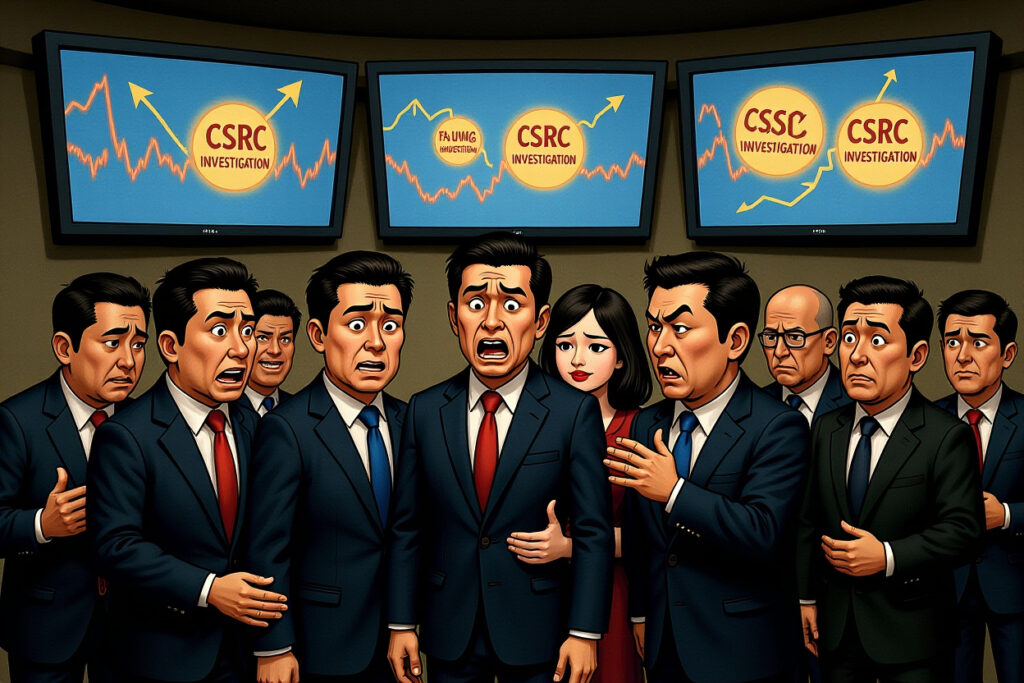Key Takeaways
– Pizza Hut charges 19 yuan for 280ml orange juice made from 3 yuan bottled Minutemaid Pulpy Orange (美汁源果粒橙)
– 533% markup raises questions about restaurant pricing transparency and consumer value perception
– Incident reflects growing consumer awareness and demand for fair pricing practices in China
– Regulatory environment for consumer protection continues evolving amid rapid market changes
Premium Pricing Meets Basic Preparation
The Chinese food and beverage sector faces renewed scrutiny after social media exposure revealed Pizza Hut’s 19 yuan orange juice is actually repackaged Minutemaid Pulpy Orange (美汁源果粒橙) that retails for approximately 3 yuan per 450ml bottle. This Pizza Hut orange juice pricing controversy has ignited widespread discussion about value proposition and transparency in China’s growing restaurant industry.
Consumer advocates and industry analysts are questioning whether such markup practices represent fair value or exploit information asymmetry between restaurants and customers. The Pizza Hut orange juice pricing strategy particularly stands out given the minimal preparation involved—simply pouring bottled beverage into serving glasses.
Market Context and Consumer Backlash
The incident emerged when a customer shared online their observation of staff preparing the drink directly from bottled Minutemaid Pulpy Orange (美汁源果粒橙). This visual evidence sparked immediate reaction across Chinese social media platforms, with many consumers expressing disappointment at the perceived lack of value.
Pricing Disparity Analysis
Market research confirms the significant price differential: while 450ml of Minutemaid Pulpy Orange (美汁源果粒橙) retails for approximately 3 yuan in supermarkets, Pizza Hut charges 19 yuan for just 280ml of the same product—representing a 533% markup after accounting for volume differences. This Pizza Hut orange juice pricing model far exceeds typical restaurant beverage margins.
Industry Comparison
Compared to other quick-service restaurants in China, Pizza Hut’s positioning as a mid-tier dining establishment makes this pricing strategy particularly noteworthy. Industry standards typically see beverage markups between 200-300%, making the Pizza Hut orange juice pricing approach an outlier that demands examination.
Corporate Response and Transparency Issues
When contacted by Sichuan Observation (四川观察) journalists posing as customers, Pizza Hut customer service representatives confirmed the preparation method, stating unequivocally that “orange juice beverages are indeed all made from Minutemaid Pulpy Orange drink.” This transparency, while commendable for honesty, raises questions about whether such information should be more prominently disclosed to customers before purchase.
Menu Labeling Practices
Examination of Pizza Hut’s online ordering platforms shows the product description does mention Minutemaid Pulpy Orange (美汁源果粒橙) as the primary ingredient, though this information appears in detailed product descriptions rather than prominent menu labeling. The Pizza Hut orange juice pricing controversy highlights ongoing debates about appropriate disclosure standards in China’s food service industry.
Value Perception Challenges
Consumer psychology research suggests that perceived value diminishes significantly when customers recognize minimal transformation between raw ingredients and final product. The Pizza Hut orange juice pricing strategy appears to overlook this fundamental aspect of consumer behavior, particularly as Chinese consumers become increasingly sophisticated about product origins and preparation methods.
Regulatory Environment and Consumer Protection
China’s consumer protection framework has strengthened significantly in recent years, with the China Consumers Association (中国消费者协会) increasingly active in addressing practices that potentially mislead consumers. The Pizza Hut orange juice pricing situation falls into a regulatory gray area—while not illegal, it tests the boundaries of acceptable business practices under China’s Consumer Rights Protection Law (消费者权益保护法).
Disclosure Requirements
Current regulations require accurate ingredient labeling but don’t specifically mandate disclosure of preparation methods that might affect perceived value. The Pizza Hut orange juice pricing incident may prompt regulatory review of whether additional transparency requirements are needed for restaurant beverages and prepared foods.
Historical Precedents
This isn’t the first time restaurant beverage practices have drawn public attention. Similar controversies have emerged around tea-based drinks and freshly squeezed juices across China’s food service sector. However, the Pizza Hut orange juice pricing case stands out due to the brand’s international recognition and market position.
Broader Implications for China’s F&B Sector
The social media response to the Pizza Hut orange juice pricing revelation demonstrates growing consumer sophistication and willingness to challenge established pricing models. This incident reflects broader trends in China’s consumer markets, where transparency and value perception increasingly drive purchasing decisions.
Market Evolution
China’s food and beverage industry has experienced tremendous growth and diversification, with consumers now expecting higher standards from international chains like Pizza Hut. The Pizza Hut orange juice pricing controversy suggests that previously accepted practices may no longer meet evolving consumer expectations.
Competitive Landscape
As competition intensifies in China’s restaurant sector, pricing transparency becomes increasingly important for maintaining customer trust. The Pizza Hut orange juice pricing approach may create competitive disadvantages as consumers become more value-conscious and informed about alternatives.
Investment Considerations and Market Impact
For investors monitoring China’s consumer sector, incidents like the Pizza Hut orange juice pricing controversy highlight the importance of brand management and customer relationship strategies. Public perception issues can significantly impact company valuation, particularly for restaurant chains operating in competitive markets.
Brand Equity Implications
Short-term revenue gains from high-margin items must be balanced against potential long-term brand damage when pricing strategies become public controversies. The Pizza Hut orange juice pricing situation illustrates how social media can rapidly amplify what might otherwise remain isolated customer complaints.
Sector-wide Reassessment
This incident may prompt broader reassessment of pricing strategies across China’s restaurant industry, particularly for international chains facing increased competition from local players. The Pizza Hut orange juice pricing model may need adjustment to align with changing consumer expectations.
Forward-looking Market Perspective
The Pizza Hut orange juice pricing controversy represents more than an isolated incident—it reflects evolving market dynamics in China’s consumer sector. As Chinese consumers become more sophisticated and connected, businesses must adapt their pricing and transparency practices accordingly.
Restaurant chains operating in China should consider proactive review of their pricing strategies and disclosure practices to avoid similar public relations challenges. For investors, monitoring consumer sentiment around pricing transparency provides valuable insights into brand resilience and competitive positioning.
The ultimate resolution of the Pizza Hut orange juice pricing situation will likely influence industry standards and consumer expectations moving forward. Market participants should watch for potential regulatory developments and competitive responses that could reshape beverage pricing practices across China’s food service sector.




